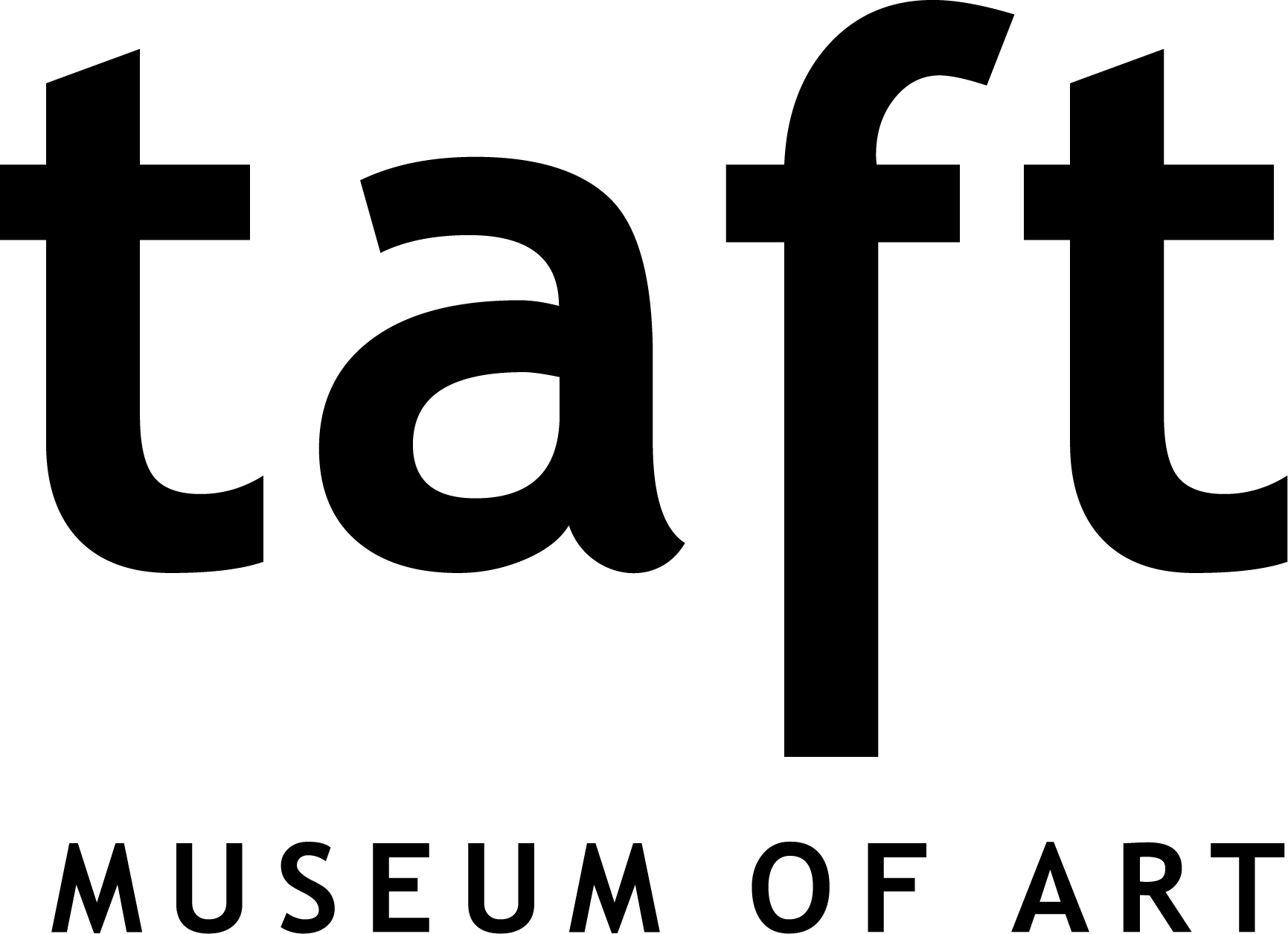From Cincinnati to Madrid: An International Adventure for the Tafts (and Me!)
Join Taft Museum of Art Assistant Curator, Angela Fuller, on a journey to Madrid, Spain, with the museum's portraits of Charles and Anna Taft! Learn more about the process, procedures, and importance behind lending artwork as you join these paintings for their first trip outside of Cincinnati, Ohio.







